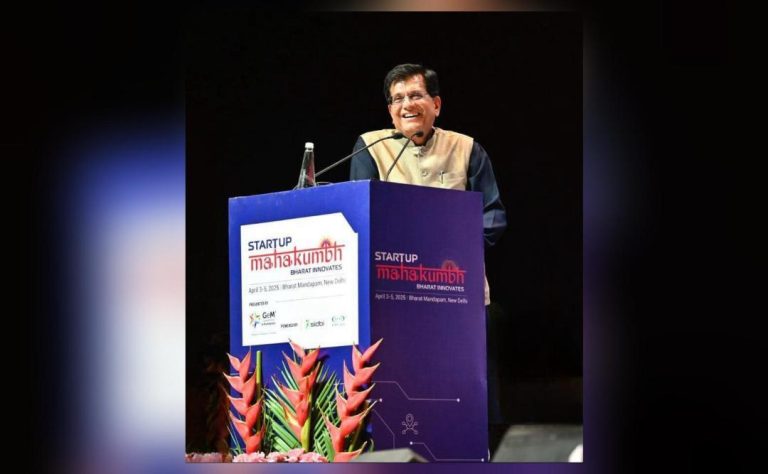
What is ‘Zero-Click’ Hack that WhatsApp has Warned About?
In a recent revelation, WhatsApp has issued a warning to its users about a sophisticated hacking technique that can infiltrate a device without any action on the part of the target. Dubbed as a ‘zero-click’ hack, this tactic can compromise a phone without the user clicking on any link or engaging with the malicious content. The Israeli spyware company, Paragon Solutions, is said to be behind this scheme, which has been used to target scores of WhatsApp users across over two dozen countries.
In a statement, WhatsApp revealed that it detected an effort to hack approximately 90 users using this ‘zero-click’ hack. The company emphasized that the hack did not rely on any interaction from the targeted individuals, making it a particularly concerning and insidious form of cyberattack.
So, what exactly is a ‘zero-click’ hack, and how does it work? In this blog post, we’ll delve into the details of this alarming hacking technique and provide guidance on how to protect yourself from such attacks.
What is a Zero-Click Hack?
A zero-click hack is a type of cyberattack that can compromise a device without the user taking any action. Unlike traditional phishing attacks, which rely on tricking users into clicking on malicious links or downloading malware, zero-click hacks can bypass even the most vigilant user’s defenses.
In the case of WhatsApp, the Israeli spyware company Paragon Solutions allegedly used a vulnerability in the Facebook-owned messaging platform to inject malware onto targeted devices. This malware allowed the hackers to access the device’s camera, microphone, and other sensitive information, making it a highly invasive and potentially devastating attack.
How Does a Zero-Click Hack Work?
Zero-click hacks typically rely on exploiting vulnerabilities in software or hardware components of a device. In the case of WhatsApp, the hackers targeted a vulnerability in the messaging app’s video calling feature. When a targeted user received a video call from an unknown number, the malware was injected onto their device, granting the hackers access to their device’s sensitive information.
Once the malware is installed, it can be used to steal sensitive information, such as login credentials, contact lists, and even encrypted data. In some cases, zero-click hacks can also be used to install additional malware, such as keyloggers or ransomware, which can cause further damage to the compromised device.
How to Protect Yourself from Zero-Click Hacks
While zero-click hacks are a serious concern, there are several steps you can take to protect yourself from such attacks:
- Keep your software up-to-date: Ensure that your WhatsApp app and operating system are updated with the latest security patches.
- Use a reputable antivirus software: Install and regularly update antivirus software to detect and remove malware from your device.
- Be cautious with video calls: Avoid accepting video calls from unknown numbers, and be wary of suspicious calls that may be attempting to inject malware onto your device.
- Use end-to-end encryption: WhatsApp uses end-to-end encryption to protect your messages and calls. Make sure to enable this feature to ensure that your conversations are secure.
- Monitor your device’s behavior: Keep an eye on your device’s behavior and watch out for any unusual activity, such as increased data usage or strange app behavior.
- Use a VPN: Consider using a Virtual Private Network (VPN) to encrypt your internet traffic and protect your device from hackers.
Conclusion
The ‘zero-click’ hack disclosed by WhatsApp is a sobering reminder of the sophisticated threats that exist in the digital world. While it may seem like a daunting task to protect yourself from such attacks, by following the guidelines outlined above, you can significantly reduce the risk of your device being compromised.
As technology continues to evolve, it’s essential to stay informed about the latest hacking techniques and take proactive measures to protect yourself and your devices. Remember, cybersecurity is a shared responsibility, and by working together, we can create a safer and more secure online environment for everyone.
Source:






